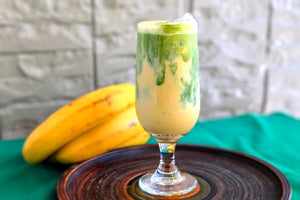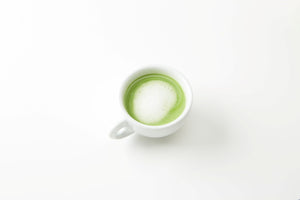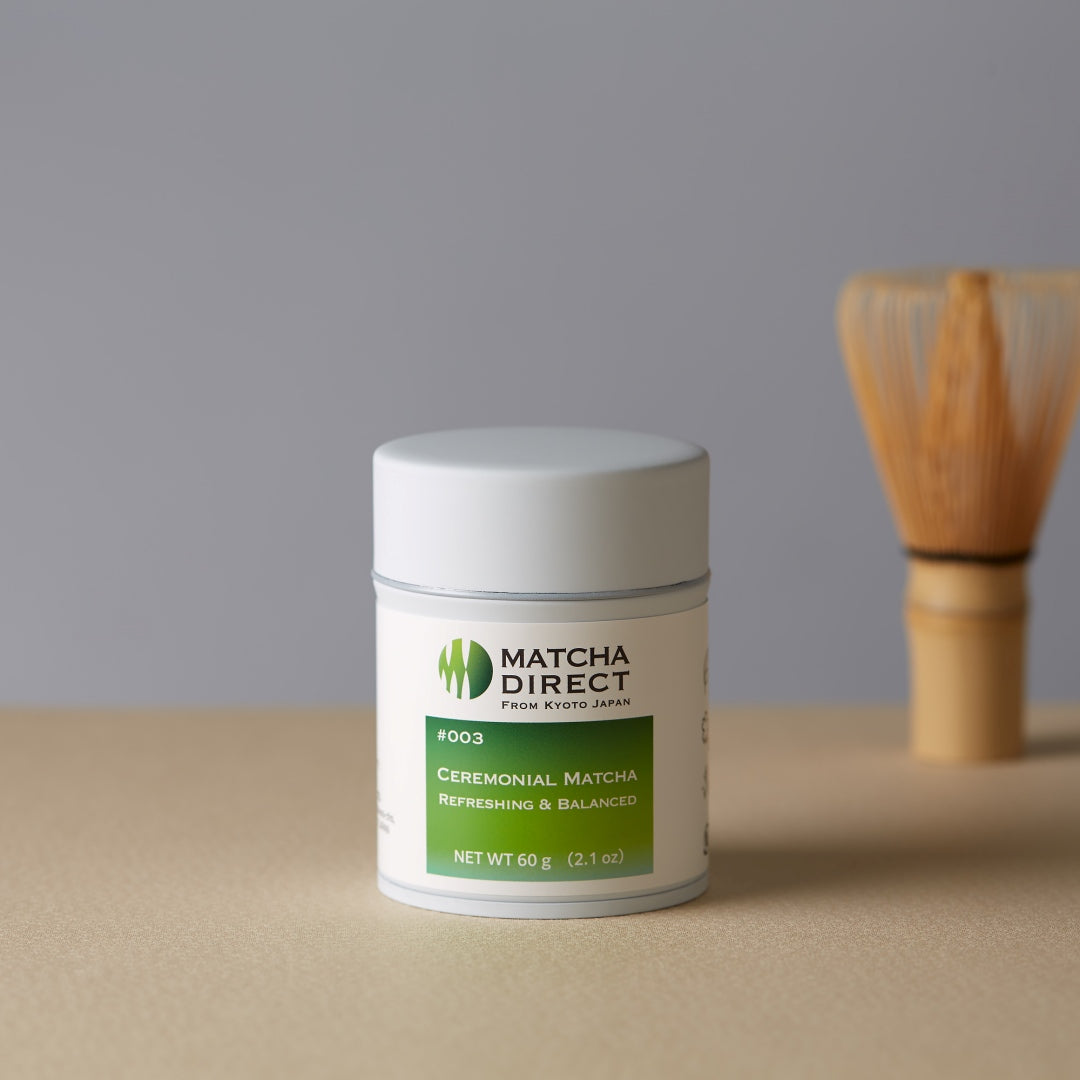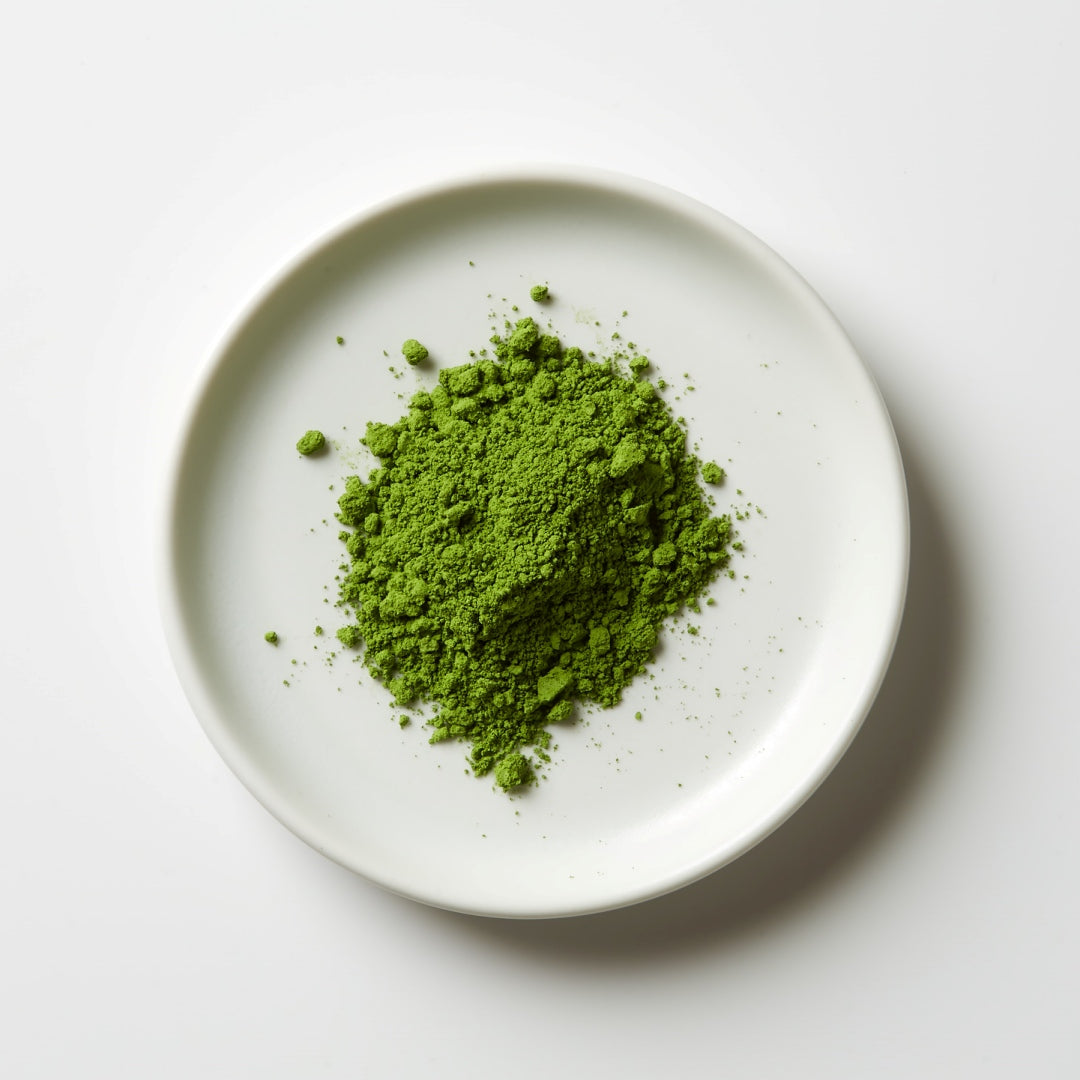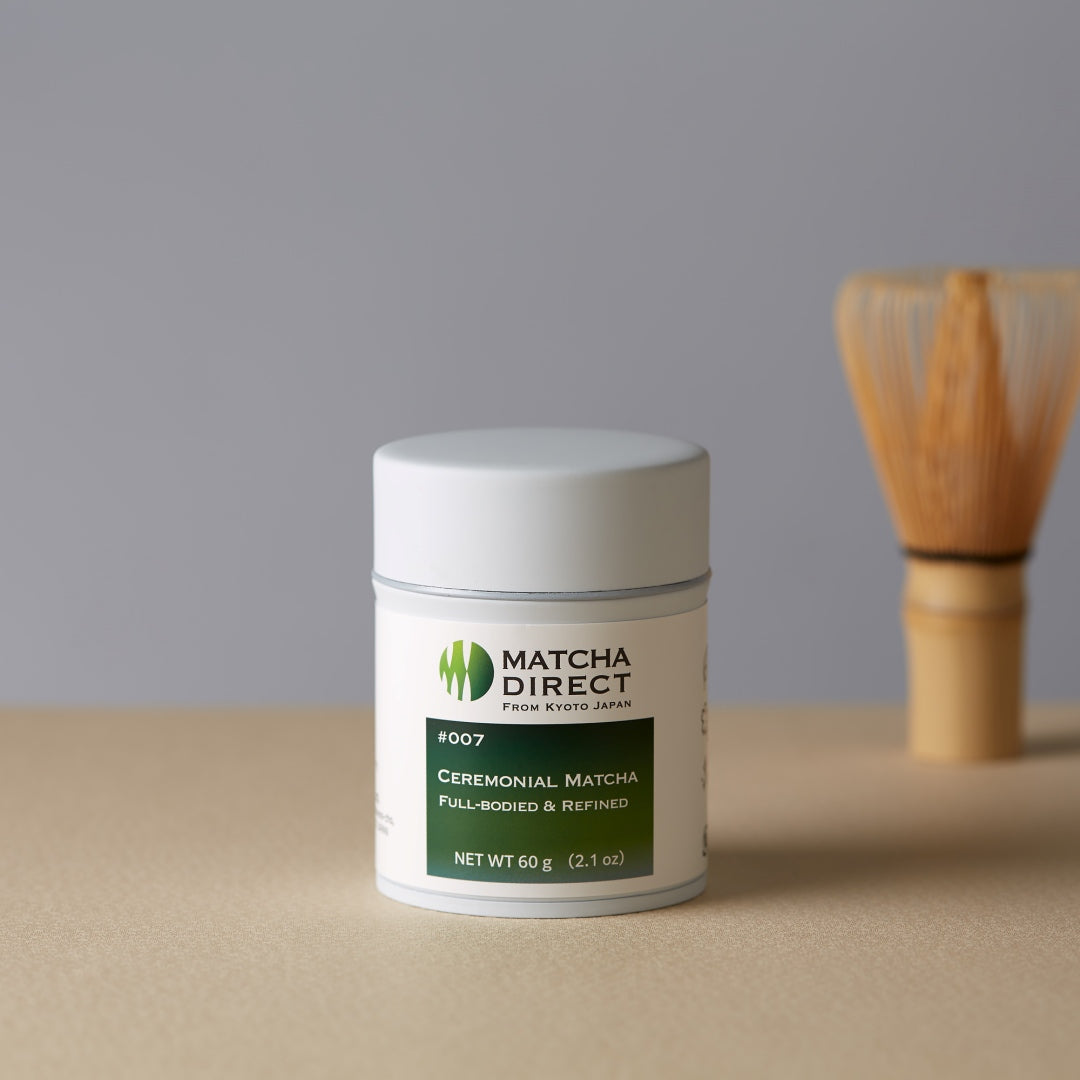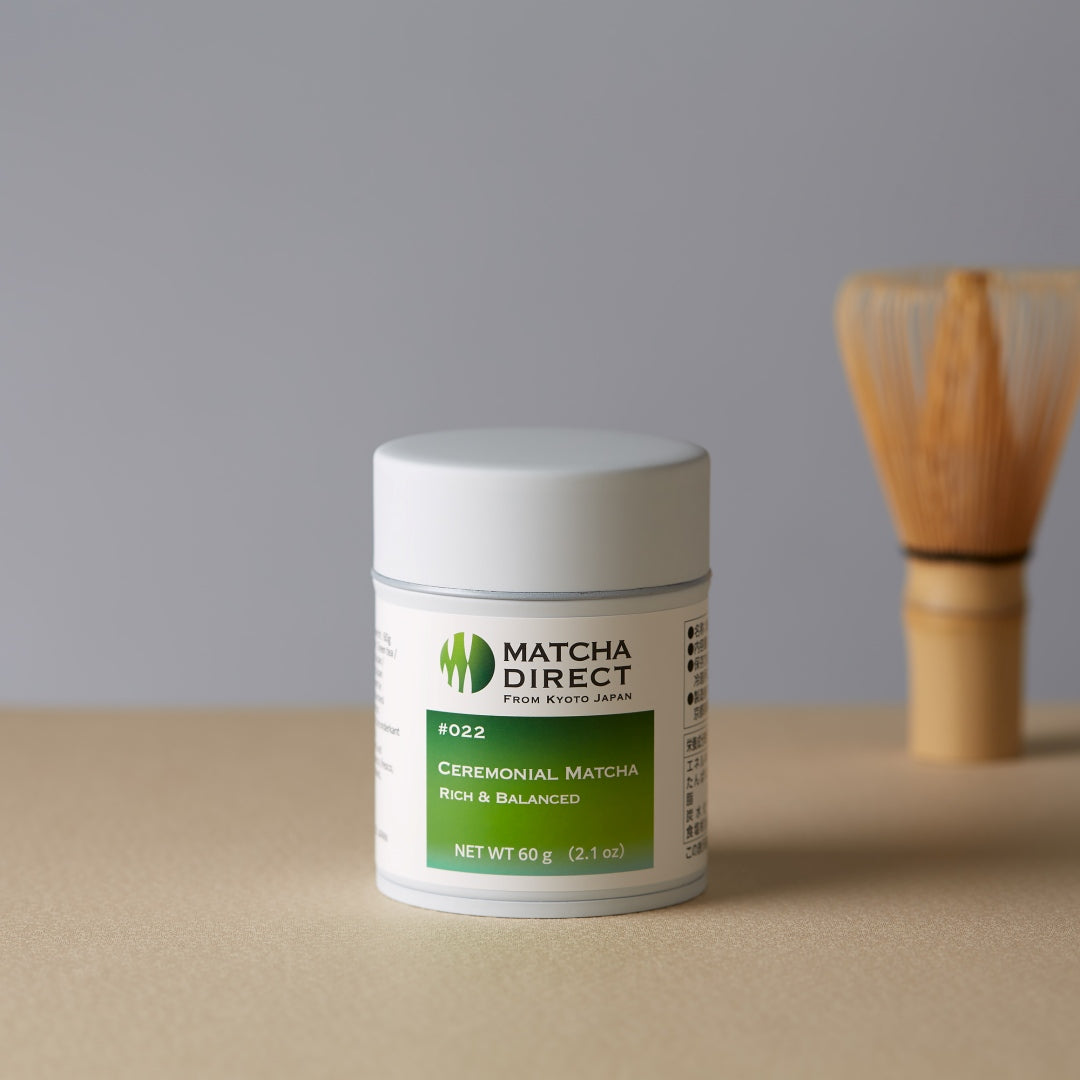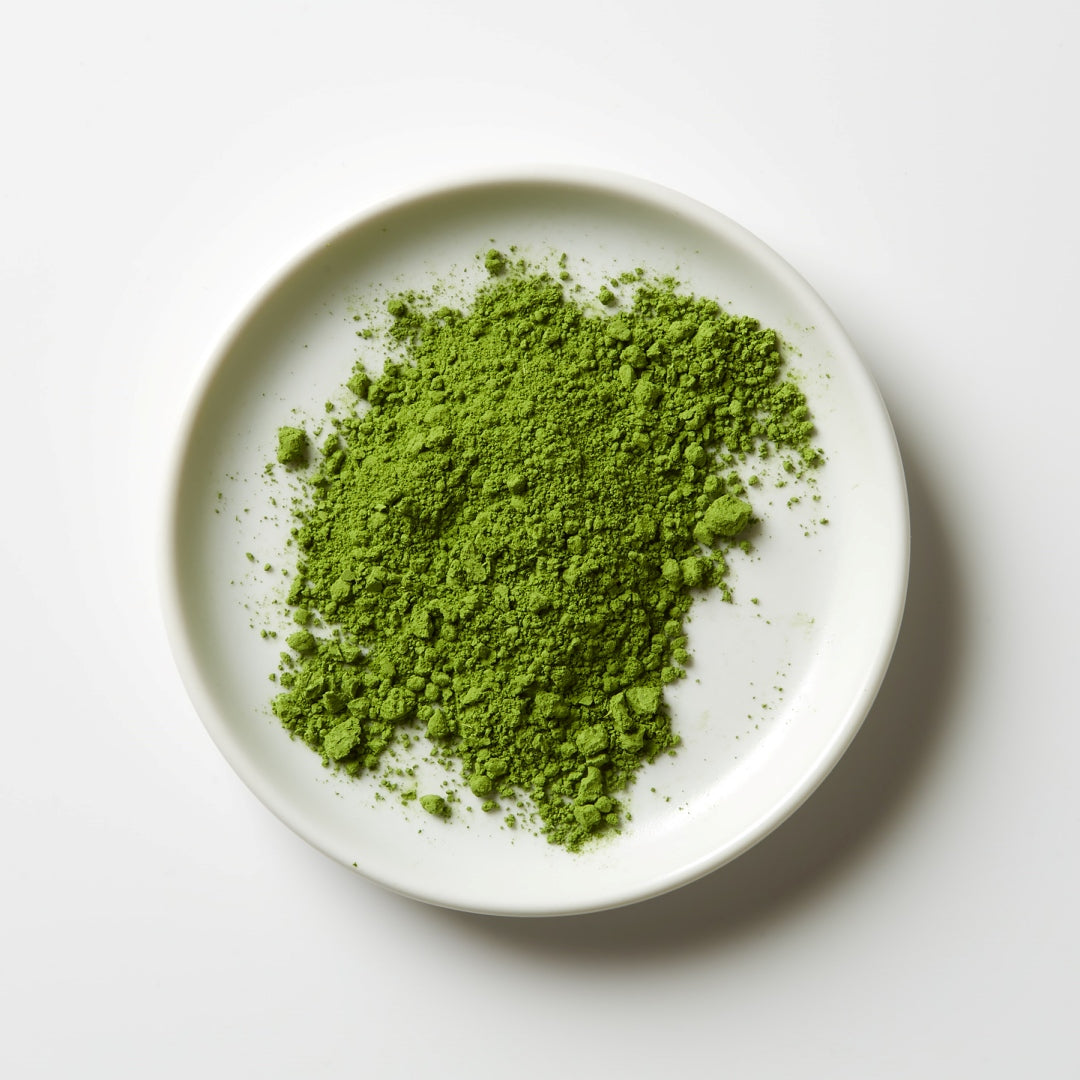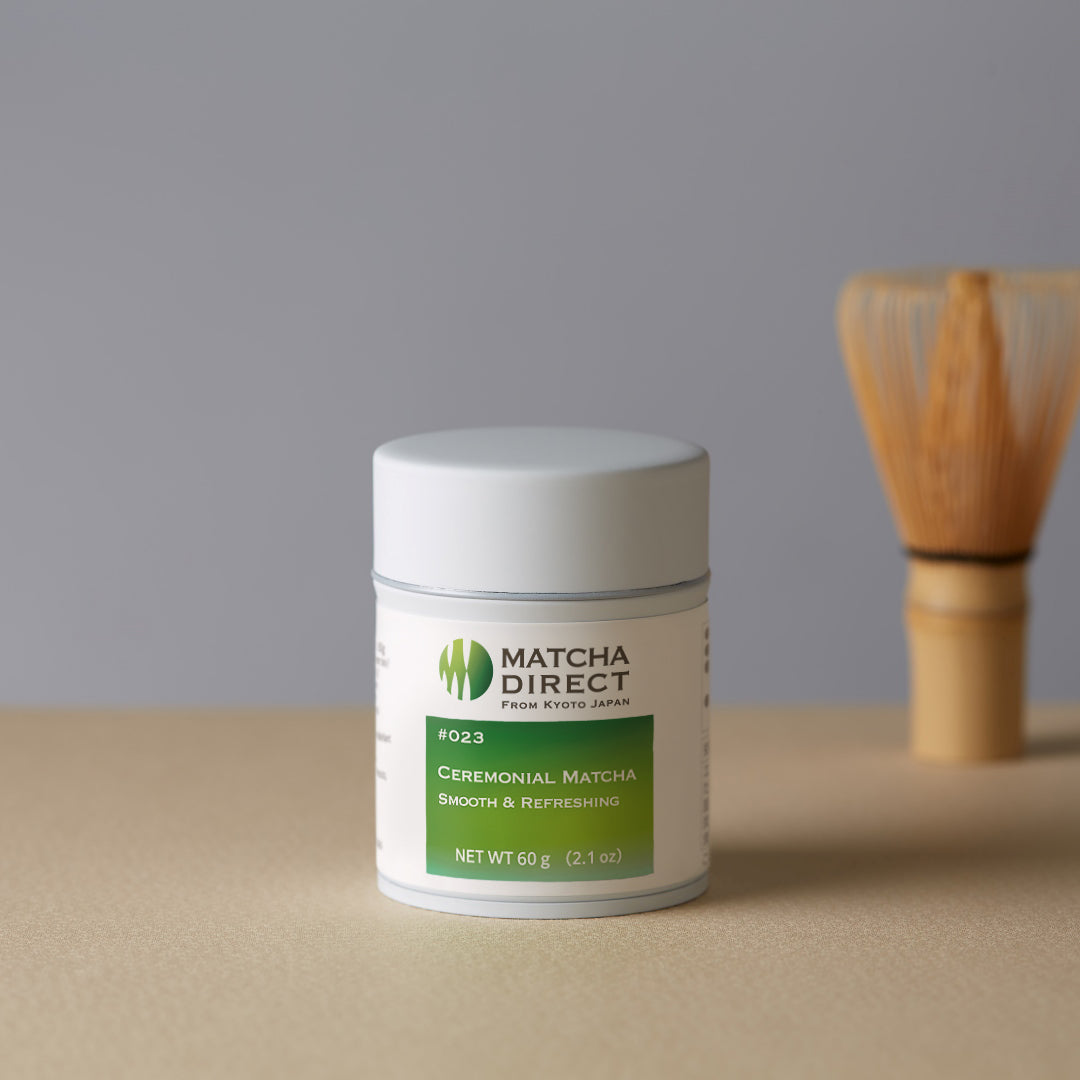Oat Milk Matcha Latte

In recent years, matcha has been gaining attention around the world for its unique flavor and beautiful green color. In particular, its combination with plant-based milk has created a new taste experience that is loved by many people. This time, we will introduce its appeal and how to make the highly popular “Oat Milk Matcha Latte.”
Compatibility of Oat Milk and Matcha
Oat milk is a plant-based milk made from oats, the ingredient in oatmeal. It is characterized by a natural sweetness derived from the grain, and its creamy and mellow texture makes it easy to drink for both adults and children, contributing to its popularity.
The “Oat Milk Matcha Latte,” which combines this oat milk with matcha, produces a rich flavor through the perfect harmony of oat milk’s mellowness and gentle sweetness with the subtle bitterness of matcha.
Nutritional Components of Oat Milk Matcha Latte
Oat Milk Matcha Latte is not only well-matched in flavor, but it is also a drink that allows you to take in the nutritional components contained in both oat milk and matcha in a well-balanced manner.
Nutritional Components of Oat Milk
Oat milk contains abundant nutrients derived from its raw ingredient, oats. The notable ones are: β-glucan, a type of dietary fiber; unsaturated fatty acids; and plant-based protein.
β-glucan is expected to provide a wide range of benefits for our health, such as normalizing the intestinal environment and boosting immunity. Additionally, unsaturated fatty acids have the effect of lowering blood cholesterol levels, and compared to saturated fatty acids, which are often found in animal fats, they are considered to be healthier. Furthermore, plant-based protein contains less fat than animal-based protein, making it a healthy option.
Nutritional Components of Matcha
Matcha contains abundant nutrients, including catechins with antioxidant properties that protect the body from within, as well as vitamins, minerals, and dietary fiber.
In addition, matcha is cultivated using a unique method where it is shaded from sunlight, which produces the compound theanine. Theanine not only brings about a relaxing effect, but also moderates the effect of caffeine. While matcha contains caffeine that can enhance concentration, the combination with theanine makes the effect milder, and it is known as a beverage that supports sustained energy.
Moreover, since matcha is consumed in powder form made from whole tea leaves, you can efficiently take in all of these nutrients without any waste. In this way, matcha, which is rich in nutrients and health benefits, is often referred to as a superfood and continues to draw attention.
Which Milk Should You Use to Make a Matcha Latte? A Comparison Between Oat Milk and Other Milks
Matcha lattes can be made with a variety of milks besides oat milk. Depending on the type of milk, not only the nutritional content but also the flavor and texture can vary greatly.
Below are the characteristics of each type of milk, all of which are commonly used in matcha lattes.
However, when choosing a milk that suits matcha lattes, oat milk—with its natural sweetness, creaminess, and plant-based nature—can be considered a relatively recommended option.
Cow’s Milk
Cow’s milk, which is commonly used in standard matcha lattes, is characterized by its rich and creamy taste. It is rich in protein but it is not suitable for vegans or those with lactose intolerance becase it is animal-based milk and contains a high amount of fat.
Almond Milk
Almond milk, like oat milk, is a plant-based milk. It is low in calories and sugar and is also rich in dietary fiber. It is popular among health-conscious individuals. It is less creamy than oat milk, so when used in a matcha latte, it may feel somewhat lacking in richness.
Soy Milk
Soy milk, made from soybeans, contains more plant-based protein than oat milk. It has a creaminess and subtle sweetness derived from soy, but it contains less dietary fiber than oat milk and slightly higher fat content.
How to Store Oat Milk Matcha Latte
Oat Milk Matcha Latte tastes best when freshly made, allowing you to fully enjoy the flavor of matcha. Therefore, it is ideal to avoid storing it and to enjoy it as soon as it is prepared.
If storage is necessary, keep it in an airtight container in the refrigerator, and to maintain its flavor and quality as much as possible, consume it as soon as possible.
When drinking it again after refrigeration, the matcha may have settled, so it’s best to stir it well and reheat it. However, freezing is not recommended as it can significantly impair the unique flavor of the Oat Milk Matcha Latte.
Frequently Asked Questions About Oat Milk Matcha Latte
Does Oat Milk Matcha Latte Contain Caffeine?
Yes, Oat Milk Matcha Latte contains caffeine derived from matcha.
Matcha contains about 32 mg of caffeine per gram, which is roughly equivalent to the amount found in coffee. While the theanine in matcha moderates the absorption of caffeine, the actual amount of caffeine it contains remains unchanged.
Is It Okay to Drink Oat Milk Matcha Latte Every Day?
Yes, as long as it's in moderation, there’s no problem enjoying it daily. However, excessive intake of the caffeine in matcha can have negative effects on health, so it’s important to be mindful of your intake. In addition, those who are sensitive to caffeine or who are pregnant should consider using decaffeinated matcha so they can enjoy it while taking caffeine’s effects into account.
What Is the Best Matcha to Use for Making Oat Milk Matcha Latte?
“Ceremonial Grade Matcha” or “Daily Grade Matcha” is recommended.
Among matcha types, Ceremonial Grade Matcha is the highest quality and has a significantly superior flavor compared to other grades. Using this allows you to create a more flavorful Oat Milk Matcha Latte.
However, because Ceremonial Grade Matcha is expensive, Daily Grade Matcha, which pairs well with matcha lattes and is suitable for everyday use, is also a good option.







